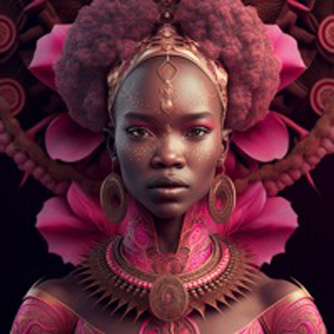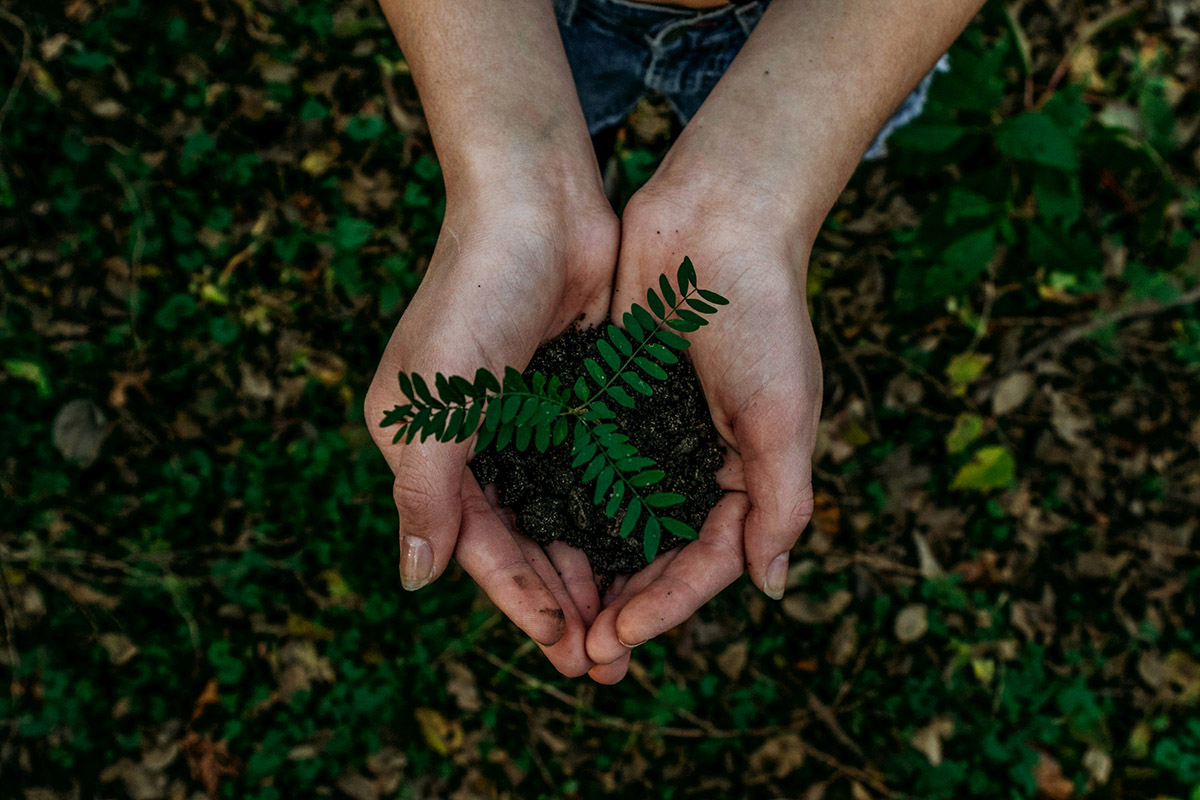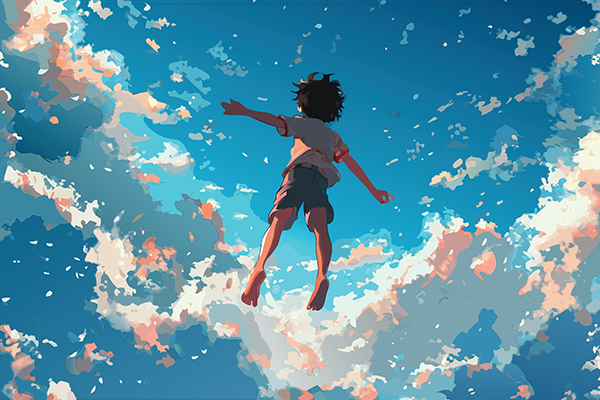To what extent could AI Artists replace their human equivalents?
August 20by Chiara Hattotuwa
Back in 2021, you may have been familiar with the sudden craze regarding AI generated art that flooded the feeds of almost every social media user.
Images of brightly coloured amalgamations of oil pastel art were seemingly everywhere, and the incompetence of the AI programs at piecing together any form of comprehensible artwork.
But now, times have changed – and they’re still changing fast. A simple search stating “AI generated art 2021” will get you something like this:

In contrast, looking up “AI generated art 2023” will get you something a little more human:

Needless to say, the rate at which AI art has developed over the span of two years is impressive and, quite frankly, rather disturbing. But, above all, there’s one group in particular who may be worried, confused, and fearful for the sake of their job security – the AI artists’ human counterparts.
The use of AI goes as far back as 1956 – far before artists such as Dali, Warhol and Bansky (to name a few) came to light.
None of them were in fear of their craft being stolen by AI back then, and most artists up until the beginning of the 2020s had any genuine fear of it either.
We’re used to the usual fanatical scenarios of robots taking over the world and rendering humans useless as seen in a large amount of science fiction, but with the sudden improvement in quality of work produced by artificial intelligence, brings a large wave of fear amongst individuals involved in art-related industries.
AI art may not be perfect yet, but the advancements it’s been making in recent years and the rate at which they have been made are alarming to many. For one, a certain noticeable weakness in many AI artwork may be on its way to being solved once and for all.
It’s well known that artificially intelligent artists are, in most cases, unable to depict hands correctly without a few fingers or so appearing out of nowhere — according to Professor Peter Bentley, an author and computer scientist based at UCL while talking to BBC Science Focus. He said AI image generators “have absolutely no concept of the three-dimensional geometry of something like a hand,” due to them only depicting images in a 2D format.
Despite the technical impressiveness of AI art at first glance, it’s still unable to fully replicate the breadth of human understanding put into even the most amateur pieces of artwork- for example, a proper understanding of 3D objects and how they interact with others.
AI generated images are created from being fed a vast database of pre-existing art created by humans, meaning that objects such as faces and animals can be easily replicated from other images with little to no errors. However, objects such as hands (which, as previously stated, require further understanding of how 3D objects work in order to draw them) cannot be simply replicated due to the variety of ways a human hand can be posed – thus, attempts that AI makes result in an amalgamation of wrists and fingers looking something like this:

In short, AI simply cannot replicate the effort, craftmanship and understanding put into art that humans can.
While some businesses may be opting for AI art because of its speed and convenience, the truth of the matter is that human art will always deliver the one thing AI can never achieve: authenticity.
And thus, the war between AI and humans resumes (albeit at a calmer pace).
Chiara Hattotuwa is a 15-year-old British citizen whose interests include social justice, culture and the law, as well as writing, literature and listening to/performing music. Chiara plays a variety of instruments and holds an ARSM diploma for singing. She aspires to one day have a career in law.




